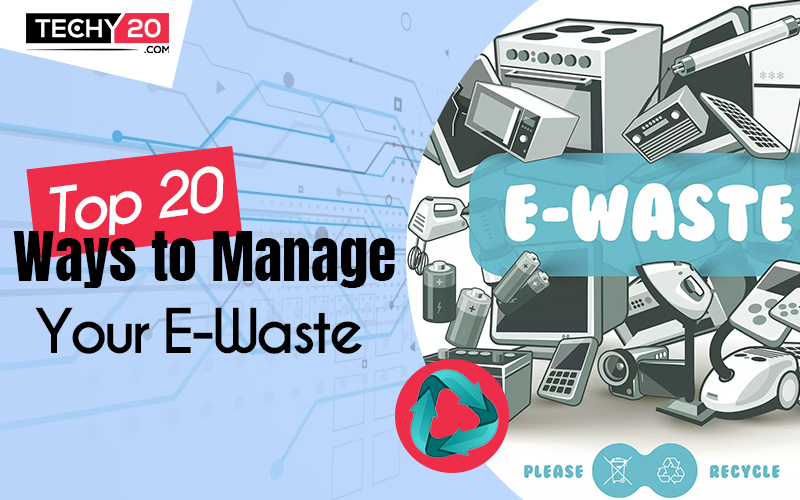Electronic scrap, often known as e-waste, refers to obsolete electrical and electronic gadgets. It includes heavy metals, toxins, plastic, and derivatives of hydrocarbons. Often disposing of e-waste is hazardous, as it causes pollution in the environment and people handling it can develop health issues because of the direct contact with toxins. There are many global associations and organizations working towards eradicating e-waste in the safest possible ways. With increasing use of electronic devices, generation of e-waste is on the rise. Government and common citizens should together take steps to slow down this rate. We should be mindful of the part we play in leaving behind this waste for the upcoming generations.
Thus, here are 20 ways in which e-waste can be managed-
1. Buy Eco-Friendly Gadgets
Before buying the products, check for government certifications or environmental warning if given. Most times you can find a label giving you information. You can also enquire with the salesperson about it. Following these simple steps makes you a sensible consumer.

2. Don’t Do Irrational Buying
Only buy new electronics if it is necessary. Many people buy new gadgets when they are not in active usage. Exploiting resources like this leads to more e-waste.

3. Use Longer
Once you have made an investment in a product, use it as long as you can. If the gadget is functional, there is no need to replace it. In this way, you can save spending on a new product.

4. Recycle
Nowadays, people are becoming more aware of recycling options. You can find recycling camps around or near your city. This helps in proper disposal and useful components are removed for commercial purposes.
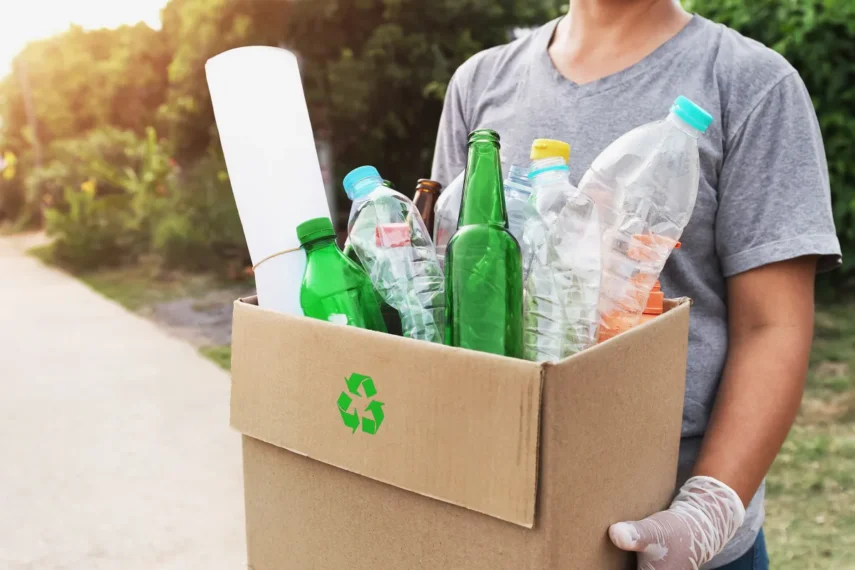
5. Repurpose
Instead of throwing away the gadgets that no longer serve efficiently, you can repurpose them into accomplishing some other task. For example, your old smartphone can be used as a mere calculator or it can be passed down to somebody else.
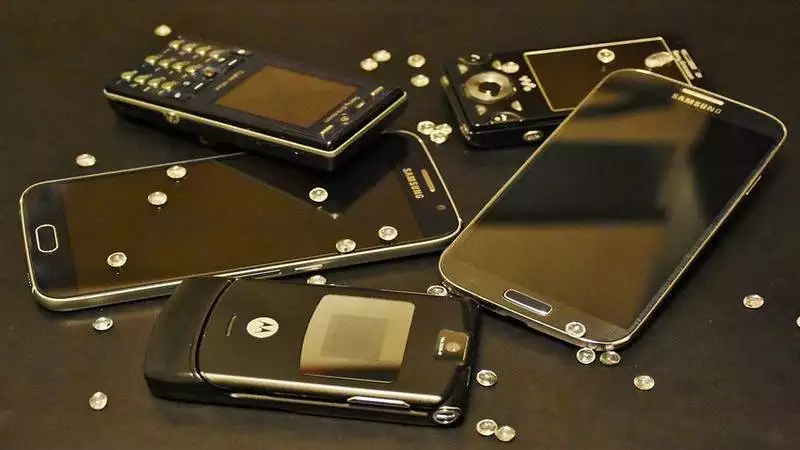
6. Maintain
In order for your belongings to last, you have to take care of them. If you think there is any fault in the system, take it to the nearest shop to get it repaired. Handle the product with precaution and responsibility.

7. Educate Yourself
To act reasonably, you have to be educated on the given topic. Do your own research regarding the hazards and conditions of the e-waste crisis. You can also contact any official and gain information from them.

8. Spread Awareness
Once you are educated enough on the topic, it is equally important for you to pass down the knowledge you have gathered. It is vital for upcoming generations to know about their responsibility towards the environment so we can together move towards a sustainable future.
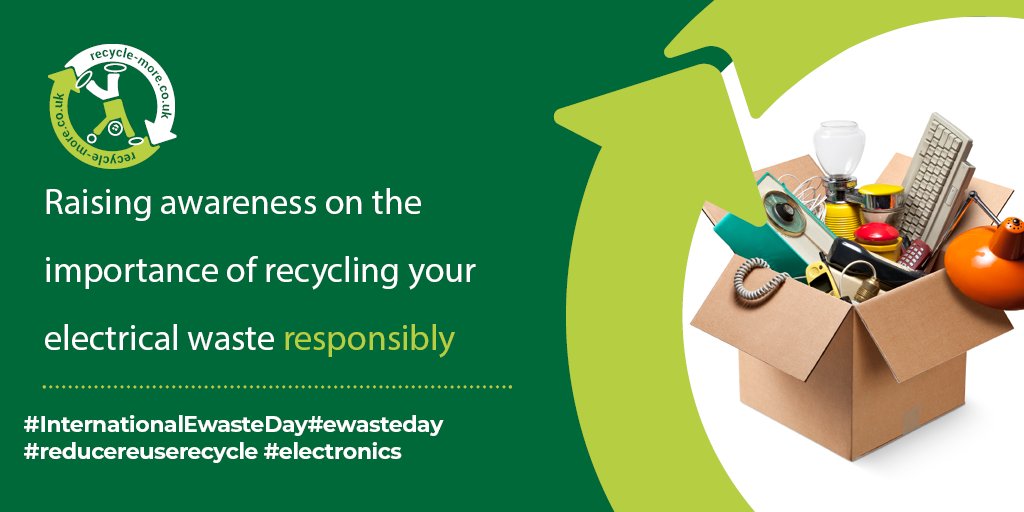
9. Restrict The Number Of Gadgets
Buying a needless amount of gadgets can lead to generation of huge e-waste. It only increases when the products are not even being used regularly. You need to put a limit on how many electronics you can buy to minimize your e-waste production.

10. Seal The Broken Parts
Putting up waste products for recycling is an excellent idea if carried out right. Make sure that if your gadget is broken, it is sealed so that hazardous liquid doesn’t ooze out or harmful radiations are prevented. It can be dangerous for you and the person handling products.
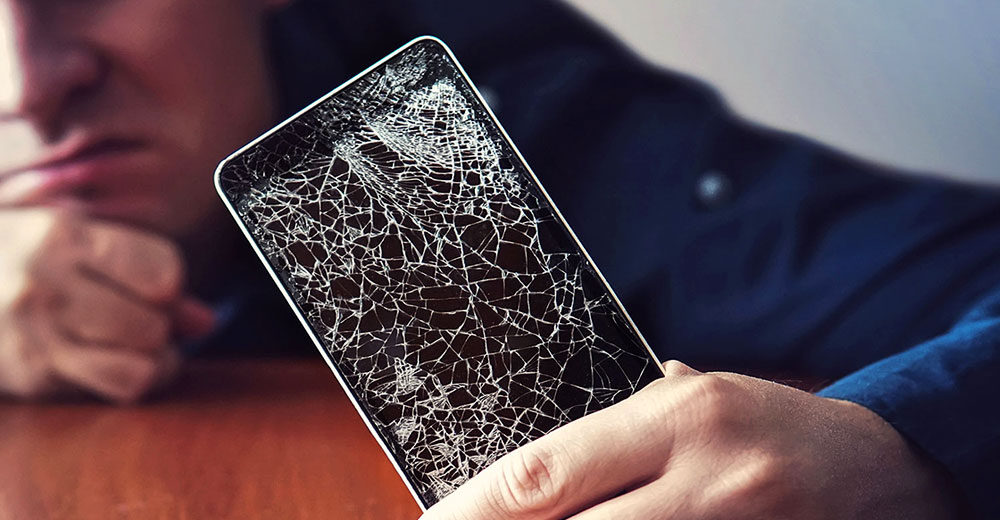
11. Security Concern
Another reason not to discard your electronic gadgets is because all of your private data is saved on them even if you delete it. If the product can still function, do not throw it away. If inevitable, ship it to some recycling company that does not breach data and protects your security.
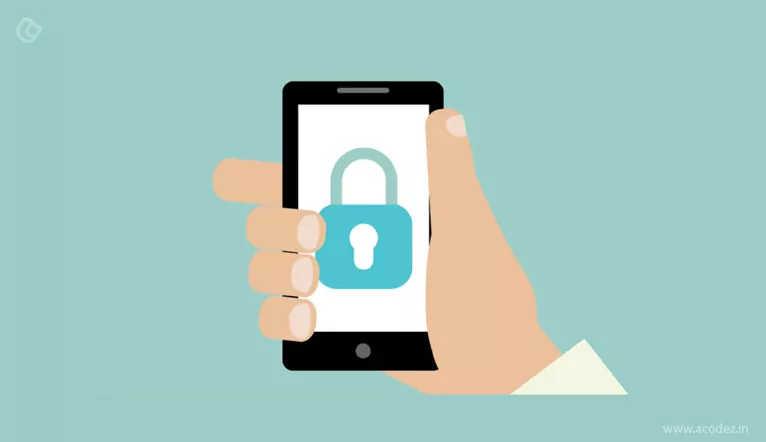
12. Share Gadgets
Just in case a product is not in constant use to you, it can be borrowed by someone else who might use it for the same purpose. Instead of purchasing two electronics that will generate e-waste in future, one can be enough. For example, you can share your air pods or chargers with a family member or friends.

13. Support Organizations
If you are financially stable and have resources, you can support the NGOs and associations that work towards minimizing e-waste. As you are leaving your carbon footprint, it is only fair to use your privilege for the greater good of the society.
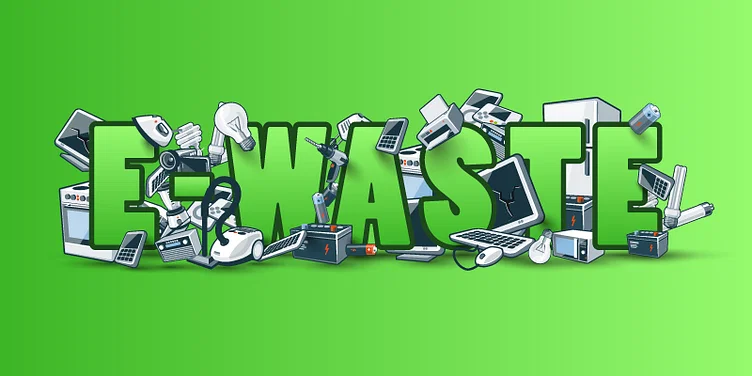
14. Avoid Landfills
A huge portion of the e-waste is dumped in landfills. They cause soil and water pollution through released toxins. It can lead to the spread of diseases in humans and animals. They also produce greenhouse gases. Hence, make sure your waste isn’t going to the landfill if possible.

15. Increase Storage
We often end up buying new gadgets because we run out of storage space on one. This problem can be solved by using cloud, Google Drive, Dropbox, and other software options to store your data instead of the original device.
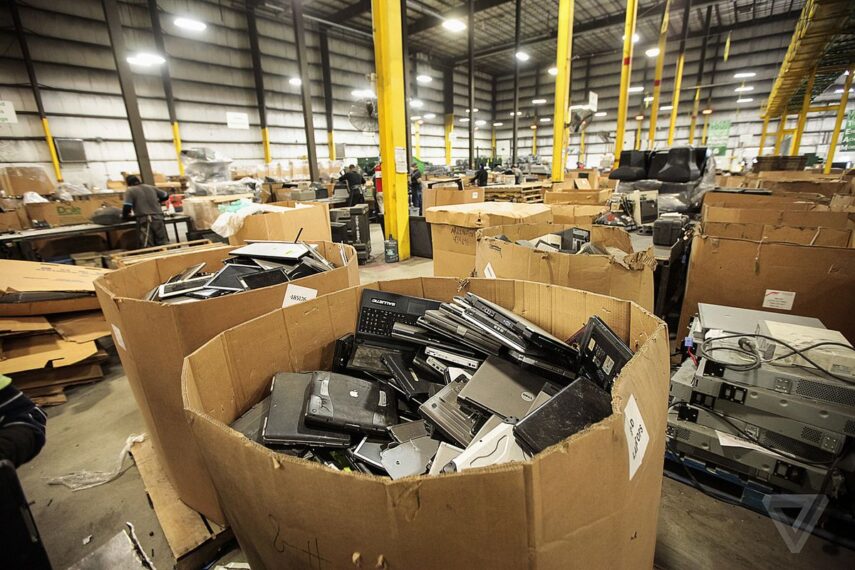
16. Sell
You can sell your old belongings if you do not want them any longer. Instead of mindlessly discarding, it can be bought by someone who needs it. You can do this through many websites like eBay or any shop near you.

17. Rechargeable Batteries
Batteries once used up, become e-waste. They often contain hazardous chemicals and toxins which can be damaging to the environment. Rechargeable batteries ensure that we use them for a long time. Make sure to never overcharge your batteries because it reduces their lifespan.
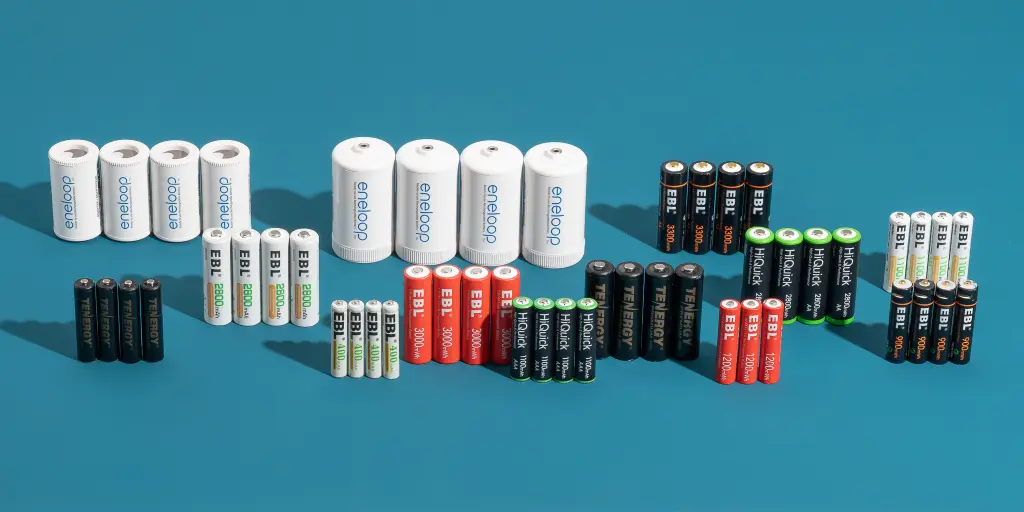
18. Donate
Instead of selling, you can donate products to the people who cannot afford to buy it. It is better that the electronics fall into the hands of people who will make the most of it and reuse the product.

19. Advocate For Legislation
Governments around the world have many schemes to manage e-waste. Stricter laws are needed to address the problem. Global e-waste is dumped in third world countries who don’t have the means to dispose of it cautiously. We should hold the government accountable and demand for better laws and programs.

20. Exchange Gadgets
If your gadget isn’t in a good enough condition to sell and you want to upgrade, exchange it in an electronics shop. You can give it away for whatever money it is worth and buy the new product by paying the rest. The company will use your old gadget for different purposes and you will get some compensation.


